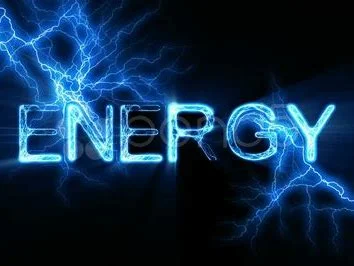Iceland's Boiling Point: A Geothermal Case Study
Iceland's geothermal success story is compelling. The shift from 75% reliance on imported fossil fuels to a nation powered largely by its own boiling water is a narrative of necessity driving innovation. The 1973 oil crisis, with prices tripling (a 200% increase, for those keeping score), forced a national rethink. Public investment poured into geothermal projects, and by the early 1980s, geothermal heating was nearly ubiquitous. Today, over a quarter of Iceland's electricity comes from geothermal sources.
But let's not get carried away. Iceland is a unique case. Its geology is practically designed for geothermal exploitation – a landscape dotted with hot springs and bubbling mud pots, as Halldór Laxness noted with characteristic Icelandic understatement. The question isn't whether geothermal can work, but whether Iceland's success is replicable on a global scale.
The active volcano near Reykjavík, with lava threatening a major geothermal plant, is a stark reminder of the inherent risks. While that gravel barrier held (so far), it highlights the precariousness of relying on a volatile geological feature. It's a constant risk assessment, a gamble with the earth itself. How do you quantify that risk and factor it into the long-term ROI of a geothermal project?
Beyond Iceland: Scaling Geothermal Globally
Iceland's population is relatively small – around 370,000 people. Meeting their energy needs is a different proposition than powering a major metropolitan area or an industrial hub. The upfront costs of geothermal projects are considerable, as the Icelanders discovered. Replicating that initial public investment on a global scale would require a monumental shift in energy policy and funding priorities.

And this is the part of the analysis that I find genuinely puzzling: What happens when geothermal energy becomes too successful? Iceland’s geothermal plants tap into underground reservoirs of hot water. If extraction rates exceed the replenishment rate (a critical metric often glossed over in promotional materials), those reservoirs could be depleted. It’s basic resource management, but the long-term data on reservoir sustainability is still limited. Why the Time Has Finally Come for Geothermal Energy
Furthermore, the environmental impact of geothermal energy isn't zero. There's the potential for induced seismicity (earthquakes triggered by geothermal operations), the release of greenhouse gases (though significantly less than fossil fuels), and the disruption of local ecosystems. These factors need to be carefully weighed against the benefits.
I've looked at hundreds of these energy reports, and the lack of standardized environmental impact assessments is concerning. Each project seems to use its own methodology, making it difficult to compare the true costs and benefits across different locations.
I decided to check some online forums to get a sense of public perception. The sentiment was overwhelmingly positive towards renewable energy in general, but the knowledge of geothermal's specific challenges seemed limited. People are excited about "green" energy (solar energy, renewable energy), but often lack a nuanced understanding of the trade-offs involved. The comment sections are filled with people celebrating that Iceland is not using fossil fuels, but how can that apply on a global scale?
Geothermal: More Niche Than Savior?
Iceland's geothermal success is undeniable, but it's a localized phenomenon driven by unique geological conditions and a specific set of historical circumstances. While geothermal energy has a role to play in the global energy transition, it's unlikely to be a silver bullet. The challenges of scalability, sustainability, and environmental impact remain significant hurdles. We need more data, more rigorous analysis, and a dose of realistic expectations.
